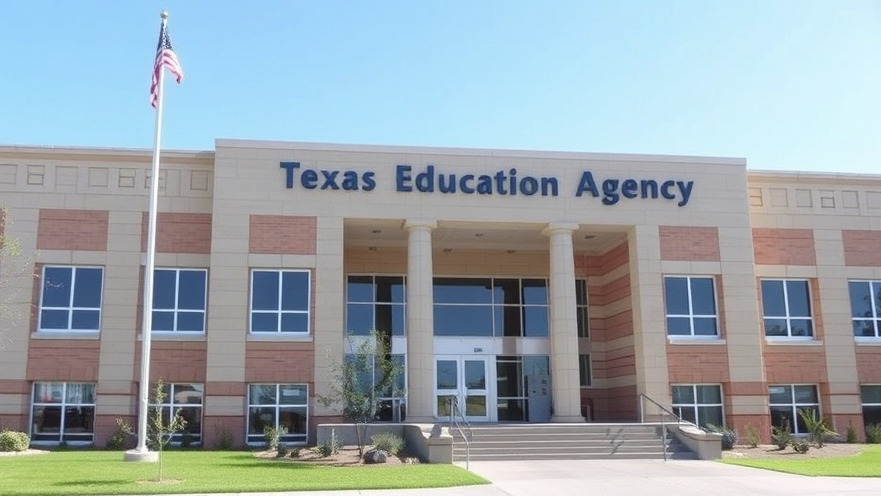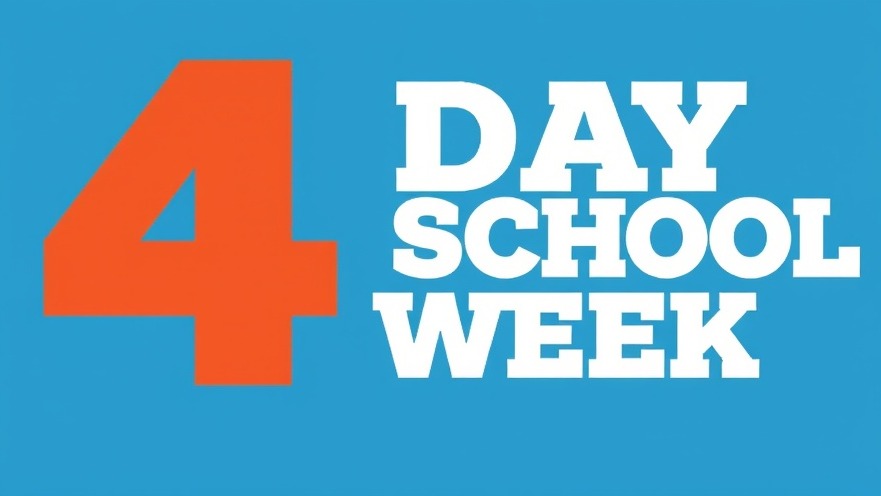
Texas Schools Under Threat: Understanding the Risk of State Takeover
In a striking revelation, five Texas school districts find themselves at serious risk of state intervention following the release of their recent performance ratings. As education remains a priority for Texas families, the implications of these ratings extend beyond just numbers—they could define the future of educational quality for thousands of students.
Which Districts Are at Risk?
The five districts, including some in urban areas like Houston and Dallas, have received ratings that signal potential failures in meeting state educational standards. This alarming development raises significant concerns among parents, educators, and policymakers alike. Losing local control of these districts could lead to a shift in governance and strategy, sparking discussions about effective educational practices.
The Reasons Behind the Ratings
Several factors contribute to these low ratings, including declining student enrollment, inadequate funding, and challenges stemming from the COVID-19 pandemic. As Texas embraces its rapid population growth, the state finds itself grappling with educational demands that exceed available resources. These factors indicate a deeper issue within the Texas educational system, calling into question not only accountability but the overall support for these struggling districts.
Historical Context: What Past Takeovers Have Shown
Looking back, several school districts across the U.S. have undergone state takeovers with mixed outcomes. Historical examples show that some districts improved under state oversight, while others struggled to recover their previous level of efficacy. Texas, with its distinct education landscape, will need to evaluate what past experiences can teach about successful interventions.
What Does This Mean for Students and Parents?
The possibility of a state takeover triggers significant apprehension among students and parents. Many fear that such a move might disrupt existing programs and erode community trust in educational leadership. There are also concerns that standardized measures fail to capture student potential, leading to a narrowed vision for education that does not cater to diverse learning needs.
How Are Local Stakeholders Responding?
Local educators and community members are voicing their concerns. Discussions have surfaced around the efficacy of the existing educational framework and the need for a collaborative approach to avoid state intervention. Parents are advocating for increased funding and innovative educational strategies that consider the unique demographics and challenges of these districts.
Potential Solutions to Prevent Takeover
To prevent state takeover, stakeholders propose a variety of solutions ranging from enhanced funding to community-based educational programs. Implementing targeted tutoring programs and increasing teacher salaries may also help retain quality staff and improve student outcomes. Innovative educational techniques that focus on student engagement and tailored learning could offer a pathway out of the current crisis.
Looking Ahead: The Future of Texas Education
As the clock ticks on these five districts, the future of Texas education hangs in the balance. With potential state interventions looming, there is a pressing need for comprehensive discussions on reforms and practical solutions. The collaboration between government, educators, and parents will be crucial in navigating this complex scenario.
As we examine the evolving educational landscape, it is essential for all stakeholders to remain informed about developments in Texas education. The choices made today will undoubtedly shape the future of countless students and the integrity of our educational systems.
Take the time to get involved and support educational initiatives in your community. Engage with your local school board, attend town hall meetings, and actively advocate for changes that promote the well-being of students. The future of education in Texas depends on us all.
 Add Element
Add Element  Add Row
Add Row 



Write A Comment